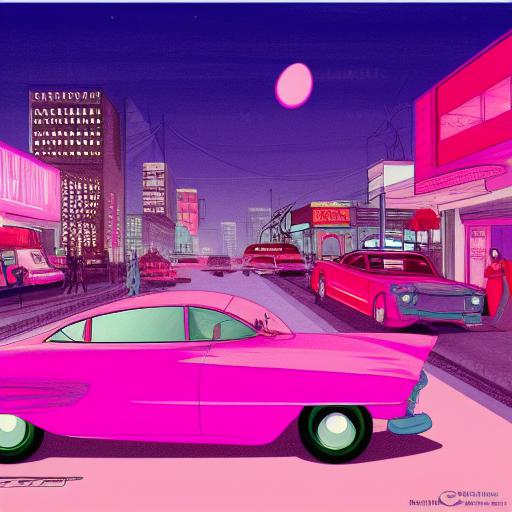Retro illustration art
Retro illustration refers to a style of illustration that evokes the aesthetics of past eras, particularly those from the mid-20th century. This style of illustration often features bold lines, vibrant colors, and simplified forms, drawing inspiration from advertising, comic books, and animation from the 1940s, 50s, and 60s. Retro illustration is characterized by its playful and whimsical nature, often incorporating elements of nostalgia and a sense of fun.
Use of retro illustration art
This style of illustration has experienced a resurgence in popularity in recent years, with designers and illustrators looking to capture the spirit of a bygone era. Retro illustration can be seen in a variety of contexts, from album covers and posters to packaging design and advertising. It is particularly popular in the realm of digital design, where it is often used to create a sense of nostalgia and evoke a simpler time.
Retro illustration is often associated with specific design elements such as bold typography, hand-drawn illustrations, and bright, contrasting colors. It is also frequently characterized by a sense of whimsy and playfulness, with designs often featuring exaggerated proportions and humorous or fantastical elements.
What is AI-generated art?
When artificial intelligence algorithms are used to create art, the result is AI-generated art. This type of art has several benefits, including the ability to produce images quickly and efficiently, while also allowing for experimentation with various styles and techniques. Designers can use this technology to create customized and unique designs that meet specific requirements. Additionally, AI-generated art can promote inclusivity by providing artists from diverse backgrounds with the ability to create art that reflects their experiences and perspectives, leading to increased creativity. Designers can further streamline the process by effortlessly integrating AI-generated art into their designs using tools such as Visual Paradigm Online. With use of Stable Diffusion, Midjourney, Dalle 2 or other websites, you can generated your AI-generated art.
How to write this prompt?
To create an effective AI image prompt, it is important to provide specific details and parameters that will guide the algorithm to produce the desired result. The prompt should include a clear description of the image, including its main elements and characteristics.
In the example prompt given, the image described is a pink car driving down a street at night. The prompt also specifies the style of the image, which is retrofuturism with a 1950s illustration style, as well as the inspiration behind it – concept art by Craig Thompson and a Behance contest winner.
Each aspect of the prompt influences the image generated in a specific way. For example, specifying that the car is pink and that it is driving down a street at night provides a clear visual image that the algorithm can use as a basis for generating the rest of the image. The retrofuturism and 1950s illustration style give the algorithm a framework to work within, dictating the overall aesthetic and design elements.
In summary, a well-crafted AI image prompt should be specific and detailed, including key elements of the image as well as any relevant context or inspiration.


